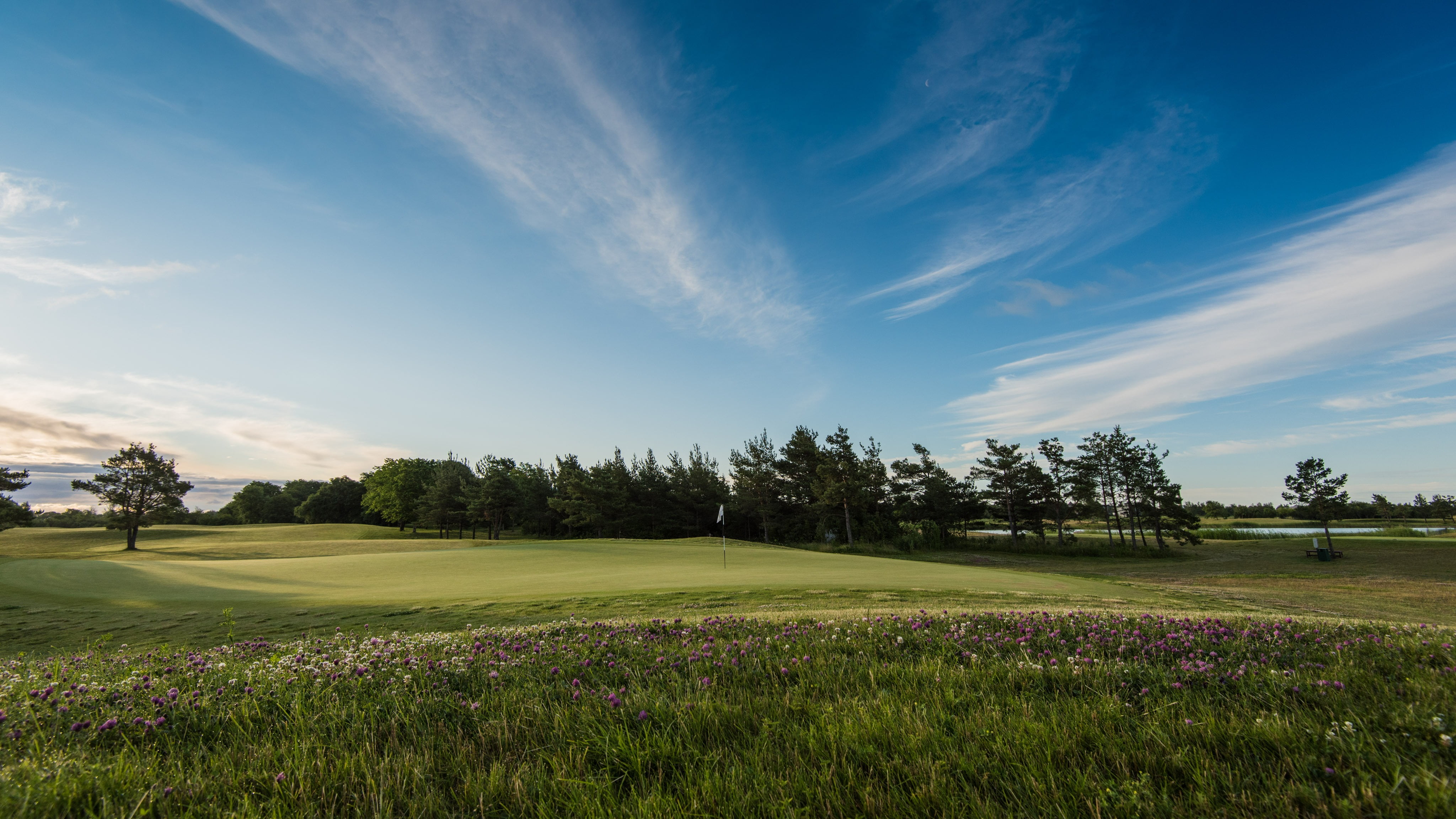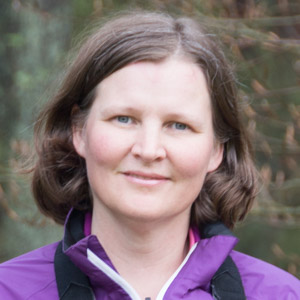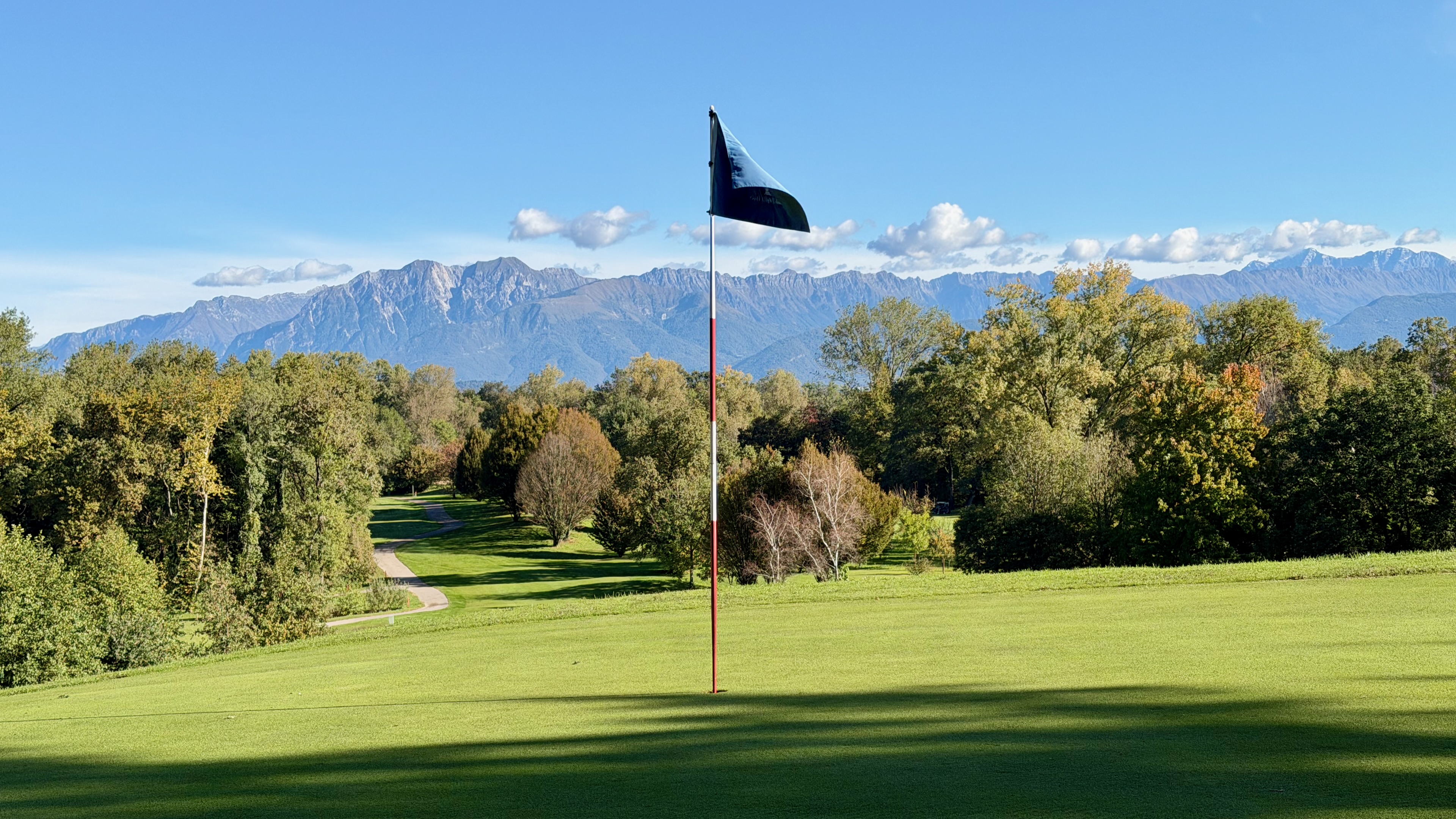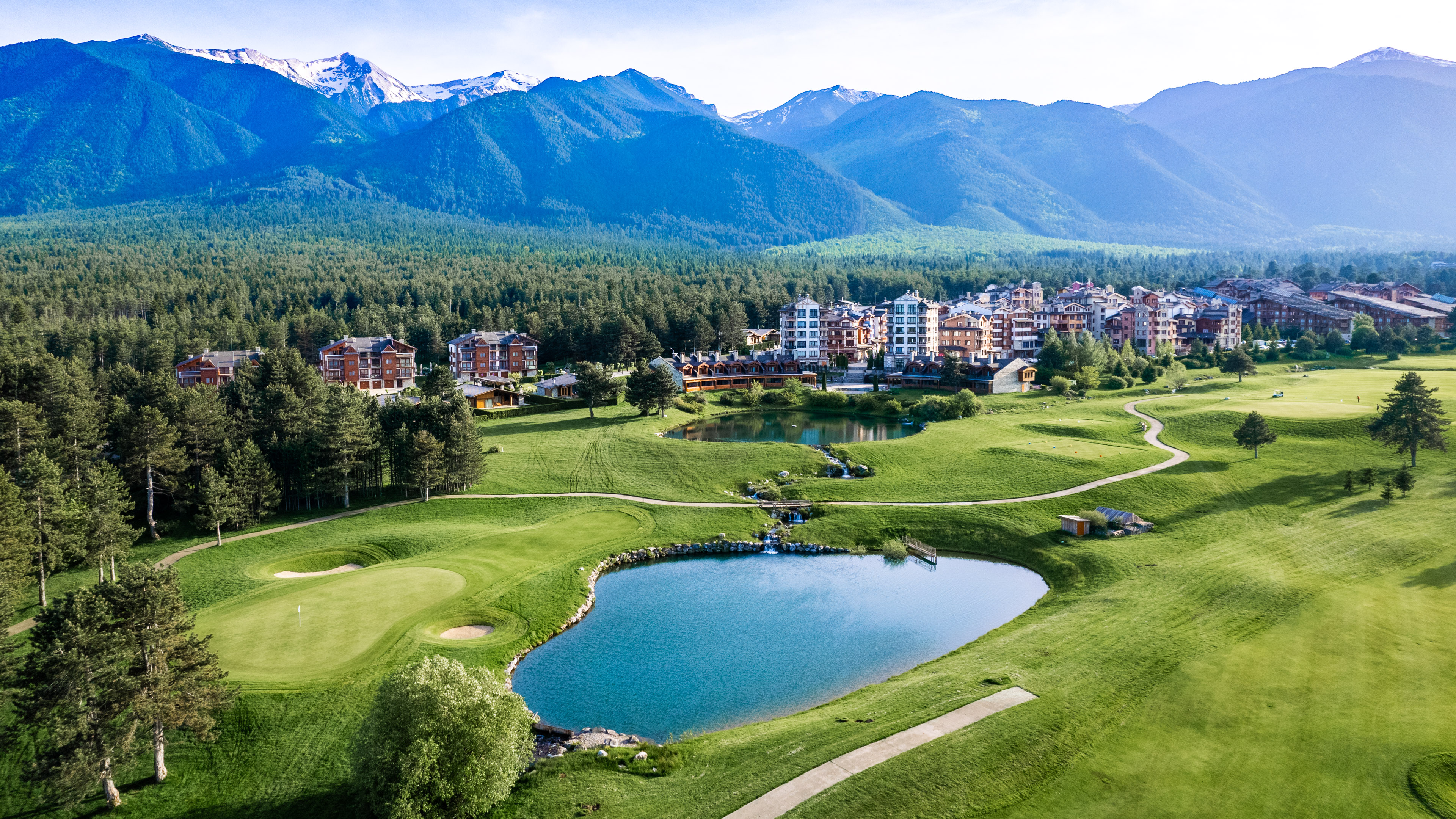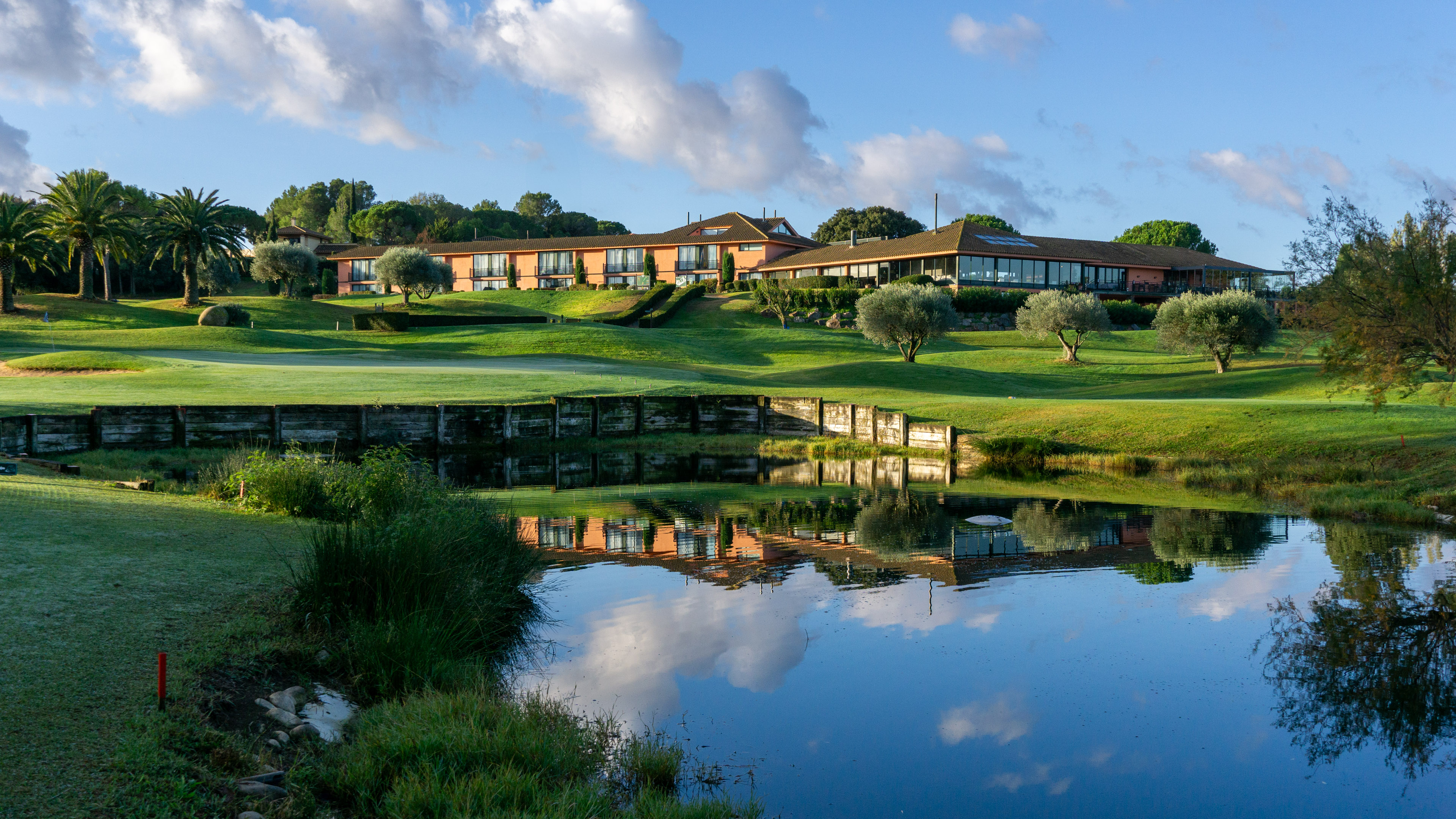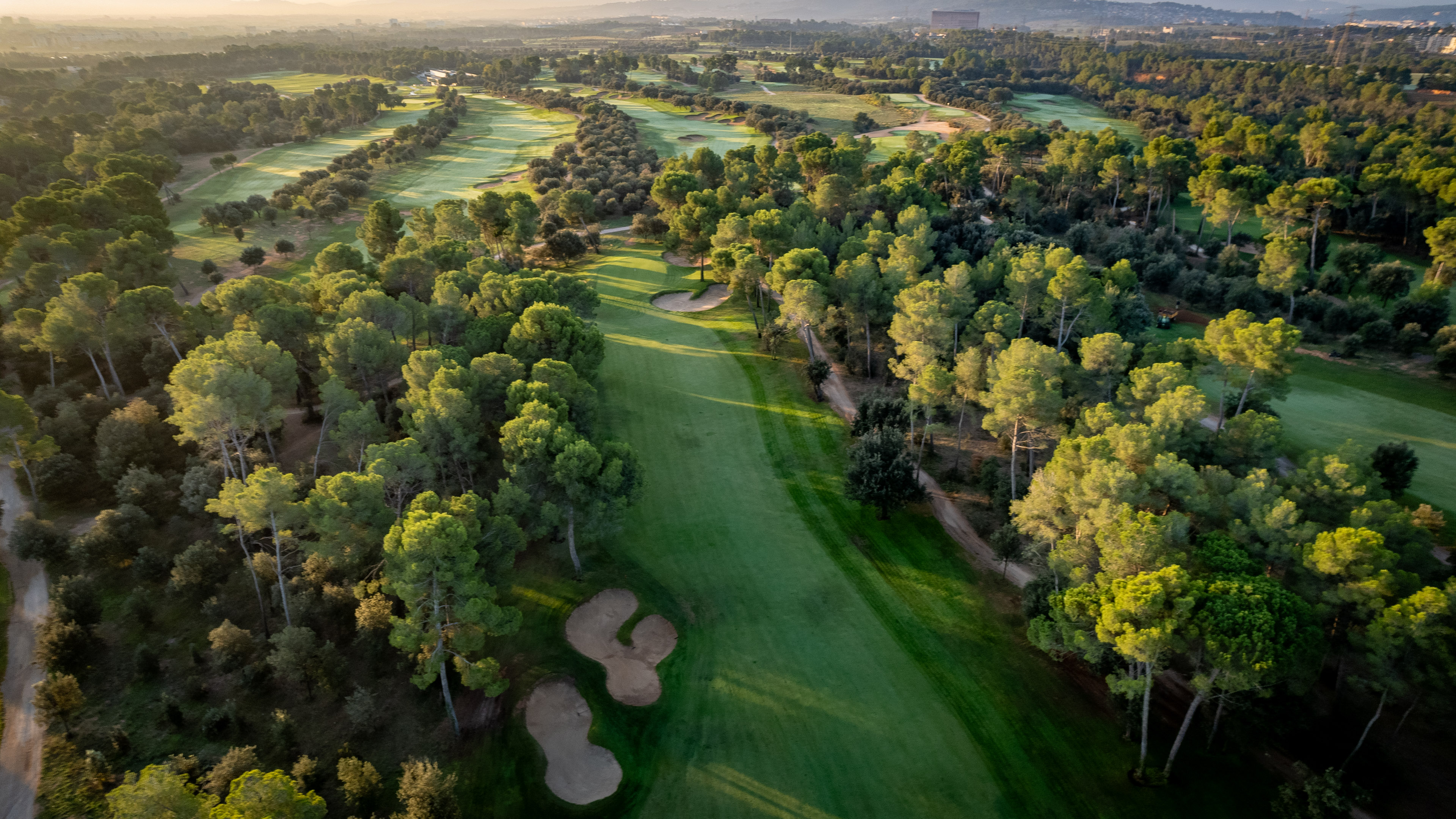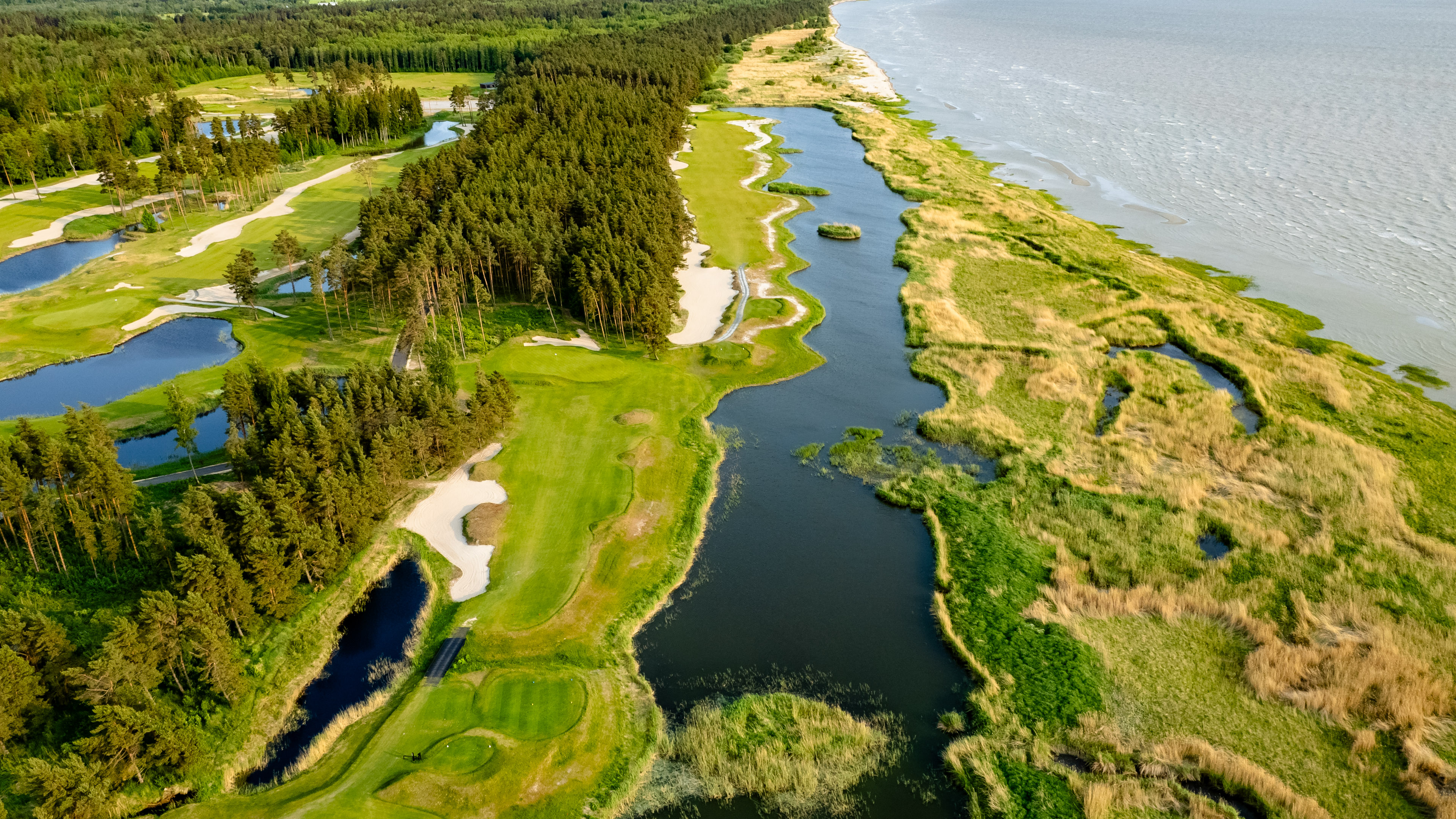When Arnold Palmer, at 85, announced that he was going to design his first course in Scotland at Castle Stuart he made the Highlands resort the focus of major buzz in the golf industry. It seems the buzz never stops for Castle Stuart.
Even before it opened, Castle Stuart Golf Links was the talk of the golf world. Developer Mark Parsinen had opened Kingsbarns in 2000 and it had received rave reviews. It was just outside of St Andrews, where designer Kyle Phillips created something that would have an impact on trends in golf architecture: a links-like course built on an outrageously flat piece of land that was made to look both age-old and full of ‘natural’ dunes from day one.
Parsinen was intent on outdoing Kingsbarns for his second Scottish project. He wanted a piece of land where the topography would lend itself more to golf. He settled finally on a 430-acre plot just north of Inverness, with a rocky coastline on the Moray Firth in the Highlands of Scotland. It happened to belong to the 20th Earl of Moray, whose ancestors had built Castle Stuart in the 16th Century. When the land was secured Parsinen brought in golf course architect Gil Hanse (of subsequent Rio Olympic course fame), working alongside him as a ‘co-designer’.
Inverness and the Highlands are not as heavily trafficked by visiting golfers as is St Andrews. But golfers who want to see more of Scotland either drive the three hours from Edinburgh or Glasgow, or arrive at the smaller Inverness airport. When they get there, they don’t have the same sheer number of golf options as one would have further south in Fife, but they certainly have their fair share of beauty, drama, stunning views and unique courses.
Castle Stuart is now the most recognized golf course in the Highlands, ever since it was shown off on television as the host of the Scottish Open three years running, from 2011 to 2013. Phil Mickelson, who is a regular at the event, won at Castle Stuart in 2013 before winning his first Claret Jug at Muirfield one week later. The Scottish Open is again scheduled for Castle Stuart in 2016.
Art deco upon arrival
The first thing you notice when you arrive at Castle Stuart is the white, circular art-deco clubhouse. Love it or hate it, you have to admit that it’s far from same-old, same-old. Kudos for trying something new and different. It’s a compact clubhouse, and the vistas to the Moray Firth are mesmerizing (you’ll get your fill of vistas also during the round). The best views are reserved on the top tier for corporate members – there are no individual memberships, only corporate ones. If you’re of the male half of the species, you will still get excellent vistas from your locker room on the upper level, behind tinted windows. I was told that you would be able to view your mates putting on the 18th while you are showering – but I wasn’t able to verify this in person. If you’re of the female half of the species, you will be shown to the much more modest ladies’ locker room, from where you can check out the parking lot if you have nothing better to do.
The fun begins on the first tee. The first three holes hug the beach, where you can view the rocky coastline, the Firth and the Black Isle (really a peninsula) on the other side.
From the start, it’s obvious that Hanse’s philosophy is partly about generous reception of tee shots. Only the wildest shots will fail to find most of the fairways at Castle Stuart, some of them are 80 yards wide. Even if you find the rough, you will most likely also find your ball. But now that you’ve hit your tee shot it starts to get tricky. Have you hit it in the right spot?
Did you bring your short game?
Because your ability to score on this course depends on your ability to either hit the greens in regulation (difficult for most typical bogey golfers) or on your short game. Did you bring your A game? Can you execute a good bump and run shot to deftly roll the ball over the undulations leading up to the hole?
Can you calculate your chips and pitches to perfectly sail over the natural-looking greenside bunkers? Work on this before you make your way to Castle Stuart.
The 4th is a short uphill par three with a head-on view of Castle Stuart as a backdrop, which is the whole point of the hole. The 5th to the 9th holes are on the ‘mezzanine’ level of the course – not next to the sea, but with some panoramic views nonetheless. I especially like the beautiful par five 6th hole, heading downhill toward the shore again, and with a long and narrow green and some gorgeous bunkering.
Bunkers with shocks of grass
The bunkers at Castle Stuart are a chapter of their own. They are a mix of revetted and old-style ‘wind-shaped’ sandy hollows (just missing a few sheep huddling from the gales) – sometimes using both styles in one and the same bunker. In certain places revetted walls of turf protect the greens, but there is no sand bunker to accompany them. These ‘eyelids’, as at least one writer has called them, are odd features – intended both to create a visual effect and also to prevent people from having too easy a time around the green.
The last nine start again with three holes along the beach. The 11th is a memorable par three where the green is set against the view of the water – an ‘infinity green’, one of several on the course.
On the back nine there is one design flaw. You must climb a ‘cardiac hill’ to get from the 12th green to the 13th tee. It’s made a little less harrowing by a vending machine that dispenses free, cold water at the midway point. This is the kind of hill that would dishearten members who are looking for a place to play every day. But with most golfers being one or two-time visitors, it’s soon forgotten.
The final holes again have panoramic views, and that art deco clubhouse looks stylishly retro behind the 18th green. If only I could use the men’s locker room, I’d be in seventh heaven.
It will be interesting to see what kind of course Arnold Palmer creates on the land adjacent to the current course – and whether the design philosophy of Parsinen will have such an impact that the two courses become similar. This will be Palmer’s first Scottish course – he has previously designed courses at the K Club and Tralee in Ireland.
When the course is scheduled to open, in 2019, Palmer will be 89 years old. If he sticks around long enough, he might even get to watch the Scottish Open on it – quite plausible for the early 2020s.
Let’s keep up the buzz and make it happen.
